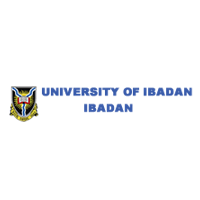Below is a summary of the abstract you submitted. Presenting author(s) is shown in bold.
If any changes need to be made, you can modify the abstract or change the authors.
You can also download a .docx version of this abstract.
If there are any problems, please email Dan at dar78@pitt.edu and he'll take care of them!
This abstract was last modified on April 2, 2024 at 5:11 a.m..

Arthrobacter bacteriophage Mudpuppy was originally isolated by University of Ottawa, Canada in 2021. The bacteriophage has a linear genome with 3’ sticky overhang of 11 bases, and was isolated on Arthrobacter globiformis NRRL B-2880 host. It has a genome length of 43,824 base pairs, an approximate shotgun coverage of 1582X and GC content of 67.6%. Whole genome sequence alignment carried out on NCBI-Blastn and Phagesdb.org reveals high nucleotide sequence identity with other phages belonging to cluster AZ. Auto-annotation was carried out using Glimmer and Genemark in-built gene predictors in DNA Master and RAST server and both predicted 70 gene features. Manual inspection and start site refinement using conserved start site predictions from Starterator index, gene synteny on Phamerator and six-frame translation inspection on DNA Master and Artemis Comparison Tool. Assignment of putative functions was done on NCBI protein Blast, HHPred databases, while phylogenetic nucleotide identity of the cluster was generated using the Orthologous Average Nucleotide Identity Tool. The genome structural organization comprised of 95% forward transcribed genes and 5% reverse-transcribed genes, out of the seventy validated protein coding features, 64% were assigned putative functions. Over 95% of proteins with coding features were forward-transcribed genes, comprising Major capsid protein, Head-tail adaptor, major tail protein, tail assembly chaperone, tape measure protein, membrane protein, DNA methylase, DNA polymerase Serine Intergrase, Transport protein and Endolysin.

